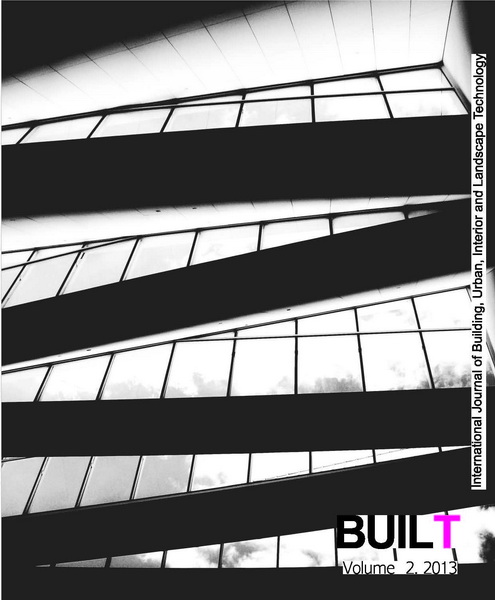Field CO2 Monitoring of Rooms with Different Air-Tightness Classes and Ventilation Systems
Keywords:
Make-up outdoor air units, Recirculated air, Air Infilltration, Air Change Rate Per Hour: ACH, CO2 concentrationAbstract
This research aims to study the important role of room air-tightness on both the Indoor Air Quality (IAQ) and energy consumption of an air conditioning system. Room air-tightness can be categorized by the air change rate: Loose (ACH > 0.60 h-1), Average (ACH = 0.40 - 0.60 h-1) and Tight (ACH < 0.40 h-1). By operating a make-up outdoor air unit supplying these three spaces in different ways, a calculation method of expected carbon dioxide (CO2) concentration based on occupant density and the time period of occupancy was proposed. The methodology of this study is the real-time monitoring of the CO2 concentration (from respiration) in rooms with three air-tightness ranges. Each room was tested under 2
conditions: with the make-up outdoor air unit turned on or off. The CO2 concentration was compared with both the ASHRAE (American Society of Heating, Refrigerating and Air-Conditioning Engineers) standard (not exceeding 1,000 ppm) and the theoretical ASHRAE 62.1-2007 calculation using the mass balance method. The results show that using a make-up outdoor air unit will improve indoor air quality but consume a lot of energy due to the high cooling load from the outdoor air. Therefore, it is recommended for Average and Tight rooms only. The make-up outdoor air unit not only helps dilute CO2 but also delays the time period it takes for the CO2 to surpass the 1,000 ppm excess threshold. By contrast, CO2 levels in loose rooms are always lower than the standard and rise very slowly. Thus, the make-up outdoor air unit is less necessary. Besides the room’s air-tightness and occupancy density, this study discovered that the IAQ also greatly depends on the time period of occupancy – a dimension which is often overlooked. Based on these results, the outcomes of this study can be used to determine whether a make-up outdoor air unit is necessary for any given room, with reference to the impacts on the building’s initial cost and HVAC energy consumption.
Downloads
Downloads
Published
How to Cite
Issue
Section
License

This work is licensed under a Creative Commons Attribution-NonCommercial-NoDerivatives 4.0 International License.












